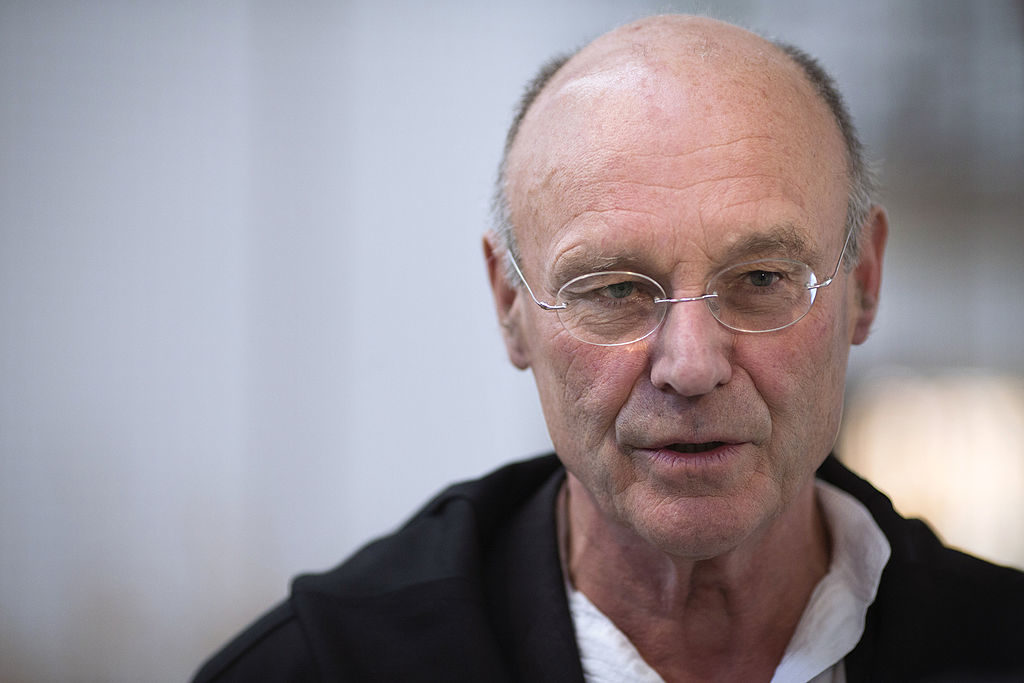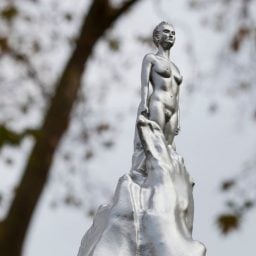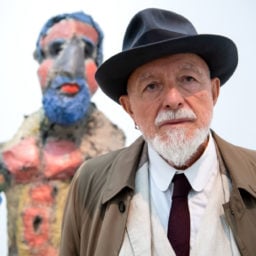The German museum director Beate Reifenscheid was relieved to personally track down six important works by Anselm Kiefer in an art storage facility in China last month. Lent for a major touring exhibition, which the artist angrily disowned and failed to stop, the Kiefers from the Ludwig Museum in Koblenz had been missing for almost a year.
Reifenscheid is still battling to retrieve the paintings from Asia, however, while many other works are still unaccounted for from the ill-fated show she co-curated against the artist’s wishes.
In 2016, the Ludwig Museum in Koblenz and Hamburg’s Bell Art Center joined forces to organize an unofficial Kiefer retrospective, which opened at Beijing’s Central Academy of Fine Arts. The last stop of its tour was meant to be the new Jupiter Museum of Art in Shenzhen, but the museum’s opening was delayed until last November, according to its website, and the show never took place.
Reifenscheid, who is also the head of the German branch of the International Council of Museums, has been in hot water over the ongoing saga. She had stopped hearing straight answers from her Chinese contacts months ago. But on Wednesday, January 8, she told the German news outlet SWR the good news that she had finally located the museum’s Kiefers in an art warehouse in Shenzhen. The bad news is that she has hit a wall trying get the works back to Germany.
Reifenscheid says she visited the warehouse in Shenzhen several times to locate the missing works of art, which some feared had disappeared onto the Chinese black market. She kept getting a different answer every time: “They said that the customs papers were not correct, or that others would claim that the works belonged to them, and not to the Ludwig Museum.” In December, Reifenscheid was in the warehouse when the crates were located. She was relieved to find that the works inside are in good condition. The Ludwig Museum’s loans include Pasiphae, a monumental work that Kiefer made over 14 years, from 1994 to 2010.
According to Reifenscheid, the Shenzhen museum contact has refused to return the works for unconfirmed reasons. The city of Koblenz has stepped in to demand the return of Kiefer’s works, threatening to claim damages. The paintings are reported to be worth several million euros. The German foreign office and the German Embassy in China have also reportedly put pressure on Chinese authorities, but there has been, so far, no response from China, according to media reports.
Margit Theis-Scholz, the cultural head of the city of Koblenz, told the DPA news agency that the city has nothing to do with the other 300 artworks from Germany, including further Kiefer works, that are also currently missing somewhere in China. Artnet News asked Reifenscheid to confirm this, but did not hear back by publishing time.
The ill-fated Kiefer exhibition consisted of 87 works, 80 of which came from the collection of the Chinese-born, German collector Maria Chen Tu. Beijing Central Academy of Fine Arts’ website states that the show was co-curated by Reifenscheid and organised by the Bell Art Center with major loans from Chen Tu’s MAP collection.
Kiefer and his galleries Thaddaeus Ropac, Gagosian, and White Cube made a joint statement supporting Kiefer’s opposition to the exhibition back in 2016. Kiefer told Artnet News via a statement that year: “I am deeply disappointed that it is taking place without my involvement or consent.”








